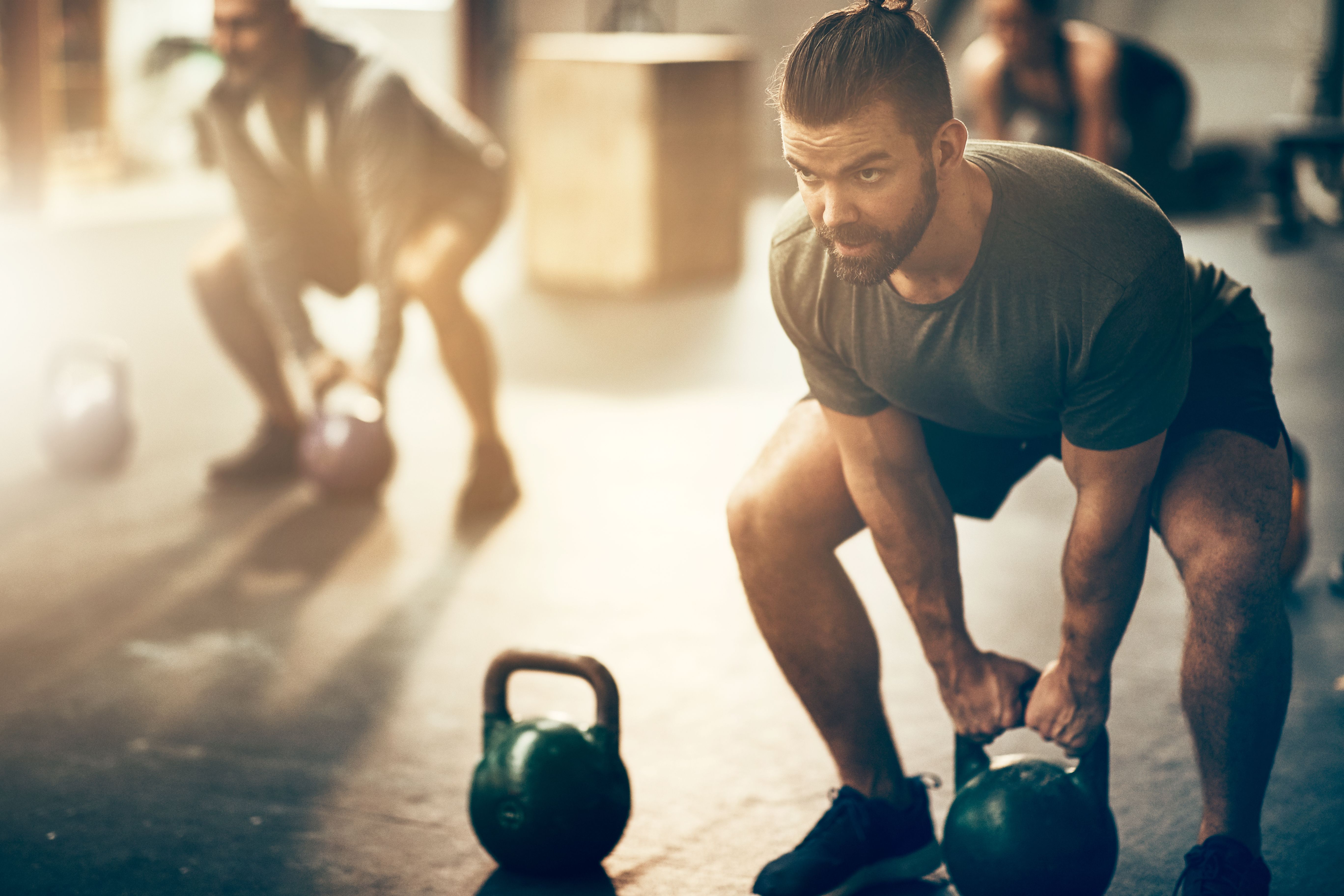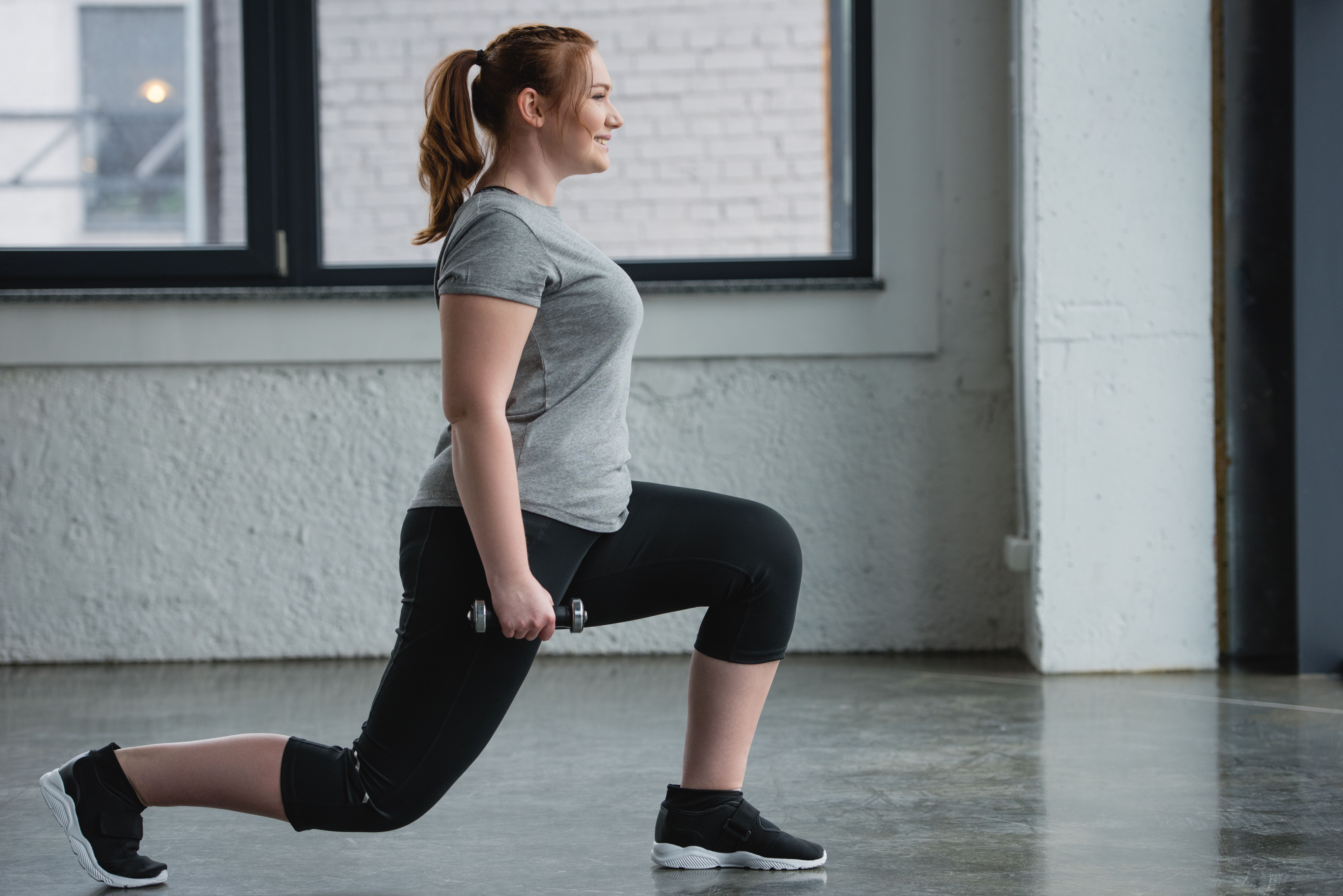Hiking might seem as simple as being able to walk over a variety of terrains and putting miles behind oneself as they traverse one type of landscape or another. While this is partly true, there's plenty more involved in training for any hike that's beyond a 'moderate' level rating. With spring and summer on their way and some parts of the world already in the middle of their summer seasons, hiking is once again becoming the recreational activity of choice as people appreciate the nature and beauty that surrounds them.
To prepare for hiking season and all the rewards it entails, experts have a few simple tips and tricks to get ready to take on any trail.
What To Work On Prior To Hiking Season
There are many things to consider before jumping into a hiking fitness routine. For starters, the workout shouldn't be for any other reason but to make you feel more comfortable and prepared to hike; doing it for any other reason won't make it nearly as enjoyable or as satisfying. When choosing a workout, it's important to focus on four different areas of improvement, according to REI Co-Op: Targeting major muscle groups, building endurance, improving balance and coordination, and improving cardio and, by extension, aerobic levels.
To start, by targeting specific muscles, one's body will become more accustomed to using them as muscle memory improves. Obviously, the leg muscles are used more than any other but core strength is also an imperative part of hiking. When it comes to harder trails that include rock scrambling and steep inclines, arm work also comes into play as a hiker uses their upper body to help lift them up and over obstacles. when it comes to steep grades or subtle inclines, core strength is responsible for propelling the body forward and maintaining balance.
Speaking of balance, a large part of that is also endurance. This comes with cardio workouts and thus goes hand in hand with aerobic levels, with help increase oxygen levels and allow the body to increase its lung capacity, proving worth for long-distance and strenuous hikes. Lastly, balance and coordination are the last pieces of the puzzle. Improving balance can involve something as simple as yoga and as easy as a short pilates session weekly to improve muscle strength in order to improve balance. Now, how does one do all of this when each area seems so overwhelming?
The Ideal Training Schedule And Exercise Types
According to REI, the ideal workout schedule consists of a total of five workout days a week. While it doesn't necessarily need to be exactly five, it should be five workouts: Two strength training workouts and three cardio sessions. In between these, there should be a total of two rest days that are not back to back in order to give the body a much-needed recovery day. This is a great place to start as both cardio and strength can be done on the same day, so working out can technically be broken down into three days, nonconsecutively. This workout routine can be done up until two weeks prior to a trip when cardio should then be swapped out for actual hikes that are no less than one hour long. Then, the final day before a trip should be a recovery day.
For starters, workouts should never feel 'bad.' If something feels as though it's too much and like your body is resisting the effort, acknowledge that it might be time to pull back and lessen the sequence, weight, time, and so on. When it comes to increasing workout efforts, this should be done weekly, not daily - each week, make workouts a bit more difficult with more repetitions or longer time frames. Some great exercises to try for strength that doesn't require weights are jump squats, hip rolls, step-ups, and heel downs. Obviously, weights can be added to these to increase the difficulty level. Weighted arm curls and overhead presses are great for building arm and upper body strength.
When it comes to core and lower body strength, side planks, lunges, hip clock exercises, and crunches are great options. For overall body strength, any classes such as yoga, pilates, and HIIT classes - which combine strength and cardio - are great options. For solid cardio, step climbers will provide the most intense workout with similar motions one would experience while hiking an incline. Running is great for improving lung capacity and endurance, and cycling is an excellent choice for doing the same thing, but with a lower impact on the knees and joints.




